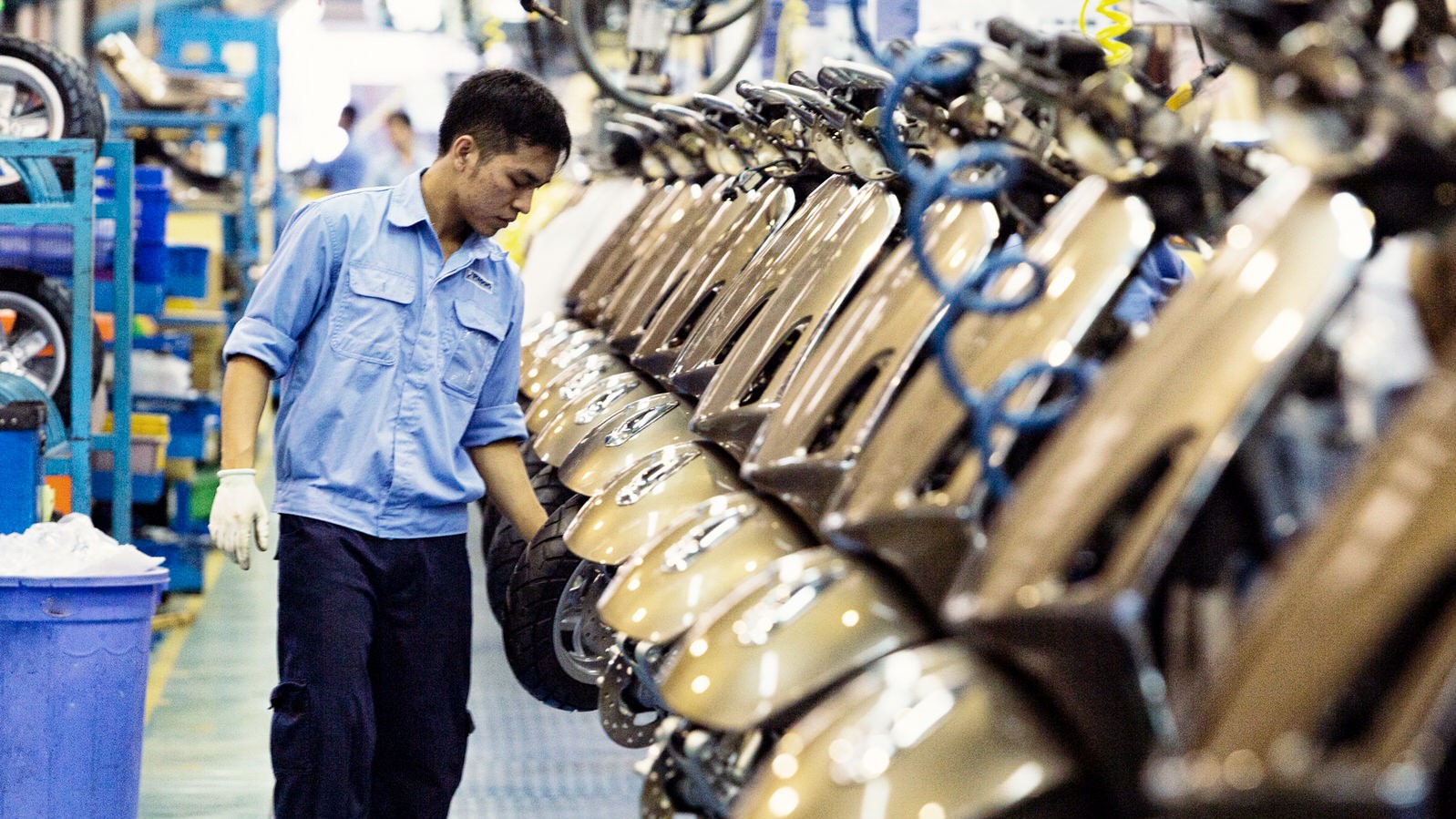August 7, 2025
Photo Credit: © Francois Carlet-Soulages / NOI Pictures. Used under license.
Economic calm is dissolving across Southeast Asia as the Trump administration’s sweeping tariff moves reshape trade realities. On August 1, new reciprocal tariffs ranging from 10% to 41% officially took effect, with many ASEAN countries seeing their rate capped at around 19%, offering some relief—but also exposing deeper vulnerabilities about regional dependency and global alignment.
Indonesia, grappling with a strong 5.1% GDP growth in Q2, is issuing caution signals. Business groups report a shift from expansion to survival mode amid fading consumer demand, factory layoffs, and reduced foreign direct investment. U.S. tariffs have come down from a threatened 32% to a confirmed 19%, easing pressure slightly, but core economic fragility remains.
Meanwhile, the Asian Development Bank (ADB) sharply revised its growth outlook in its July 2025 Asia Pacific report. Forecasts now peg developing Asia at 4.7% growth in 2025, down from 4.9%, with Southeast Asia expected to decelerate most sharply, to just 4.2% in 2025 and 4.3% in 2026. ADB economists point to trade uncertainty, supply chain disruption, and geopolitical tension as key constraints.
The core of today’s upheaval: the U.S. crackdown on transshipment. Under enhanced enforcement rules, goods suspected of rerouting via ASEAN, from China, now face up to 40% tariffs, even if intermediated through countries with lower rate agreements. Southeast Asian exporters are now racing to comply, conduct deeper origin audits, and restructure supply chains amid growing scrutiny.
The Financial Times reports that many Chinese manufacturers are now reconsidering the widely adopted “China‑plus‑one” strategy. With regional tariffs now approaching parity with those on Chinese-made goods, incentives for relocation are diminishing, forcing some firms to scale back overseas expansion plans or remain in China despite geopolitical risks.
Amid the crisis, ASEAN leaders are scrambling for stability. Malaysia, Indonesia, and the Philippines have secured bilateral deals, locking in preferred tariff rates and conceding key access points in return. Others, like Thailand, Vietnam, and Cambodia, are still in hot pursuit amid looming penalties. Analysts warn that the lack of regional cohesion and slower sign-ons expose many economies to unpredictability.
At the same time, Southeast Asia is eyeing other trade partners. Discussions with China, India, and intra-regional frameworks like RCEP are being fast-tracked as countries hedge against U.S. uncertainty. The region is clearly pivoting: its production and trade architecture are being rewired under pressure.
Today’s economic turbulence underscores a strategic recalibration: domestic consumption, transparency in supply chains, and regional integration are now non-negotiable. But with investor sentiment reportedly too relaxed and growth forecasts sliding, Southeast Asian economies may face a deeper reckoning unless structural reforms and fiscal stimulus follow quickly.
Financial Times. (2025, August 5). Chinese manufacturers rethink south‑east Asia pivot after Donald Trump’s tariffs. https://www.ft.com/content/05e524d0-7d27-4e77-bb9f-3c10cc4d10b3
Reuters. (2025, August 1). Relief in Southeast Asia as Trump’s tariffs level playing field. https://www.reuters.com/world/asia-pacific/relief-southeast-asia-trumps-tariffs-level-playing-field-2025-08-01/
Reuters. (2025, July 23). U.S. tariffs, trade tensions to slow growth in developing Asia and Pacific, ADB says. https://www.reuters.com/world/asia-pacific/us-tariffs-trade-tensions-slow-growth-developing-asia-pacific-adb-says-2025-07-23/
FT. (2025, August 6). Not growing but ‘surviving’: Indonesian businesses raise alarm over economy. https://www.ft.com/content/6ddb46cd-695b-4814-a05c-2db28fd690f8
Al Jazeera. (2025, August 6). Trump’s transshipment crackdown spells danger for Southeast Asian economies. https://www.aljazeera.com/news/2025/8/6/trumps-transshipment-crackdown-spells-danger-for-southeast-asian-economies








